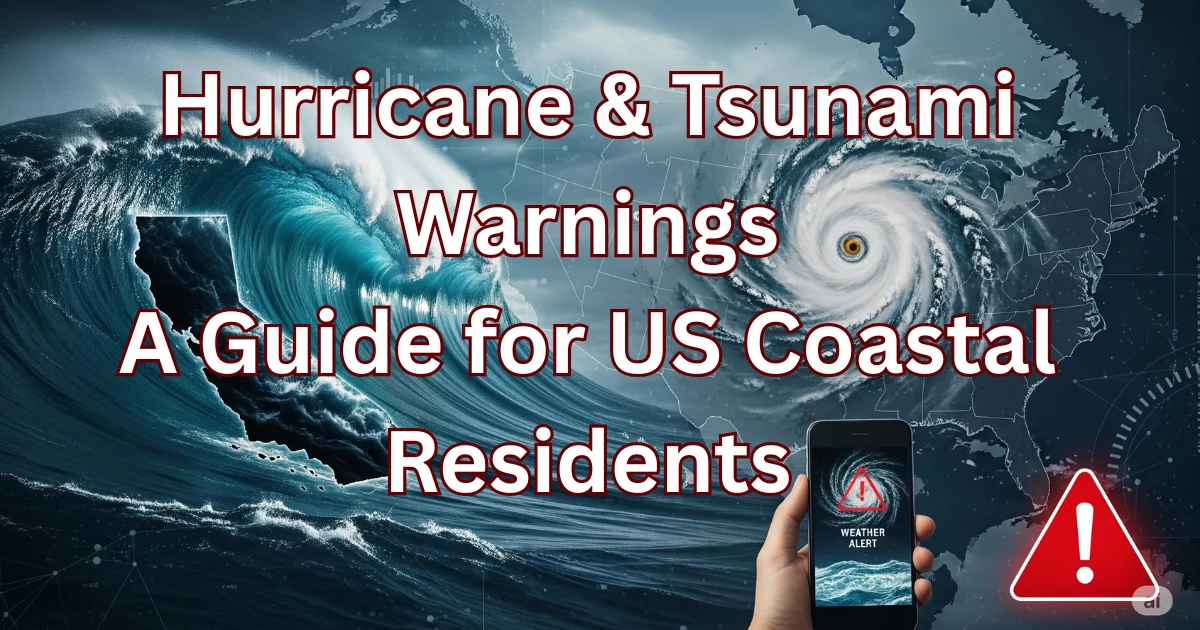Contents
- 1 Staying Safe and Informed: The Critical Search for Hurricane and Tsunami Warnings
- 2 The Anatomy of a Hurricane Search
- 3 Common Search Queries Include:
- 4 Tsunami Warnings: A Search Driven by Sudden Urgency
- 5 Key Search Queries Related to Tsunamis:
- 6 The Role of Technology in Crisis Communication
- 7 Conclusion: A Community Built on Information
Staying Safe and Informed: The Critical Search for Hurricane and Tsunami Warnings
In a country as vast and geographically diverse as the United States, coastal communities face a unique set of natural threats. From the powerful hurricanes that sweep through the Gulf of Mexico and the Atlantic, to the looming possibility of tsunamis on the Pacific shores, staying informed is not just a matter of convenience—it’s a critical component of personal safety and community preparedness. This urgency is reflected in the constant, high volume of searches for real-time updates on these natural phenomena.
When a storm is brewing or a seismic event triggers an alert, millions of Americans turn to search engines to find life-saving information. But what exactly are they looking for, and why is this search behavior so important?
The Anatomy of a Hurricane Search
Hurricane season, which typically runs from June 1 to November 30 in the Atlantic, transforms search behavior across the nation. As soon as a storm is named and its trajectory is plotted, search queries spike dramatically. These searches are highly specific and often follow the storm’s progression.
Common Search Queries Include:
- “Hurricane [Storm Name] latest path”: People are desperate to know if their home or family will be in the direct line of impact.
- “Hurricane [Storm Name] forecast”: Users look for detailed meteorological predictions, including wind speeds, rainfall amounts, and storm surge levels.
- “Evacuation orders near me”: This is a critical, location-specific search that can determine a family’s decision to stay or go.
- “Hurricane safety tips”: As the storm approaches, people seek practical advice on how to board up windows, secure outdoor items, and prepare a “go bag” with essential supplies.
- “Power outage map [State/City]”: After the storm hits, the focus shifts to recovery. People search for real-time information on power restoration.
The sheer volume of these searches highlights the public’s reliance on digital platforms for vital updates. Timely, accurate information from reputable sources like the National Hurricane Center (NHC) is often the top result, proving the importance of official channels during a crisis.
Tsunami Warnings: A Search Driven by Sudden Urgency
Unlike hurricanes, which are often tracked for days, tsunamis can strike with little to no warning. A sudden earthquake in the Pacific Ocean can trigger a series of searches for “tsunami warning” or “tsunami advisory.” These searches are characterized by a sudden, intense burst of activity and are often tied to specific coastal regions.
Key Search Queries Related to Tsunamis:
- “Tsunami warning [State/Region]”: The primary goal is to determine if a warning is in effect for their specific location.
- “Tsunami evacuation route”: People immediately look for the safest way to get to higher ground.
- “What to do during a tsunami”: This reflects a need for immediate, actionable steps in a high-stakes, time-sensitive situation.
- “Tsunami watch vs. warning”: Understanding the difference between these alerts is crucial for knowing the appropriate response.
Organizations like the National Weather Service (NWS) and the Pacific Tsunami Warning Center (PTWC) play a vital role in providing this information. Their websites and social media channels become a crucial source of truth for millions of users during an event.
The Role of Technology in Crisis Communication
The search for hurricane and tsunami warnings is a prime example of how technology has transformed crisis communication. People no longer rely solely on television news or radio broadcasts. They use their smartphones and computers to get personalized, location-specific information instantly.
This behavior places a huge responsibility on digital platforms and content creators:
- Accuracy is Paramount: Information provided must be sourced from official and trustworthy organizations.
- Clarity is Key: The language must be simple, direct, and easy to understand, even in a panic.
- Accessibility Matters: Information must be available on various devices and in a format that is accessible to everyone.
For bloggers and content creators, covering these topics requires a delicate balance. It’s an opportunity to provide valuable, potentially life-saving information, but it also comes with the ethical duty to be responsible, accurate, and to always link to official sources. Creating guides on disaster preparedness, explaining official warning levels, or providing lists of emergency supplies are all ways to create helpful content that addresses this critical search behavior.
Conclusion: A Community Built on Information
National Hurricane Center (NHC)“>National Hurricane Center (NHC)
Pacific Tsunami Warning Center (PTWC)“>Pacific Tsunami Warning Center (PTWC)






